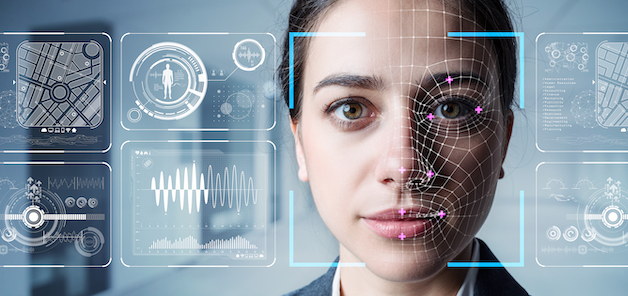
You might have heard of the Internet of Things (IoT), but how about Internet of Bodies (IoB)? It may sound like something out of a science fiction novel, but it’s growing. It’s about using the human body as a data platform. If it sounds a little confusing (or scary), let’s dive into what it is and what challenges you can expect as we move into this new technology.
What is Internet of Bodies?
We’ve grown accustomed to IoT being in our daily lives. We rely on smart technology to monitor package arrivals at the front door, and use our devices to adjust the temperature inside our homes before we arrive home from work.
As we begin to rely more on technology in our home and work environments, it’s only natural that we use it in our health care as well. Instead of having smart technology operate your doorbell or furnace, it integrates with your body through devices that are connected, ingested, or implanted. Once connected, data can be exchanged, compiled, monitored, and controlled.
Right now, we have three levels of IoB:
- External - using wearable devices to monitor health
- Internal - devices like pacemakers and cochlear implants that go inside the body to control health
- Embedded - where technology and the human body are melded together to create one integrated process
What IoB looks like in today’s reality
Most of us have come to accept wearable technology. This year alone, wearables are expected to top 344.9 shipments worldwide, and increase 13.2 percent over last year.
But when we reach out to embedded technology, it’s almost the wild frontier. Anything is possible, and it’s showing up in so many ways:
- A smart contact lens with chips and sensors to monitor and provide diagnostics based on the eye and eye fluid.
- A digital chemotherapy pill that provides insights and treatment progress.
- Or how about a microchip as an access key? The RFID microchip is being tested, giving people access to vending machines with the wave of a hand, or added security for turning on and operating their work computers.
With new changes happening daily, it’s equally essential to develop security methods alongside IoB items. Challenges are many, and it’s up to each of us to create a secure environment as we implement.
IoB risks and how to address them
Security
We’ve already seen risks and failures centered around IoT, and IoB only increases many of those challenges. Instead of a hacked video surveillance system, for example, imagine a compromised device that regulates and controls medicine. The impact could be deadly.
Privacy
IoB technology will record intricate details of a person’s life, beyond their location and what activities they’re participating in. Without complete protection, hackers will have invaluable information on a person’s most sensitive data, and will be able to exploit it in ways we haven’t yet thought of.
Ethics
Who uses IoB technology and retains rights to output is still up for grabs. It’s easy to see how this can be exploited and used in evil ways. As more healthcare providers and third-party vendors develop new technology, extensive research should be done to determine the best way to protect individuals and keep privacy information private.
The future of IoB is here
We’re seeing technology grow in leaps and bounds. It’s only a matter of time before every healthcare practice utilizes IoT and IoB technology with every patient they see.
To prevent problems, a comprehensive security plan will have to be worked out to ensure safety for all. The future is here … are you ready?
For IT Strategy, Cloud Conversion, or Help Desk Services reach out to us at Silver Linings Technology 360-450-4759.


